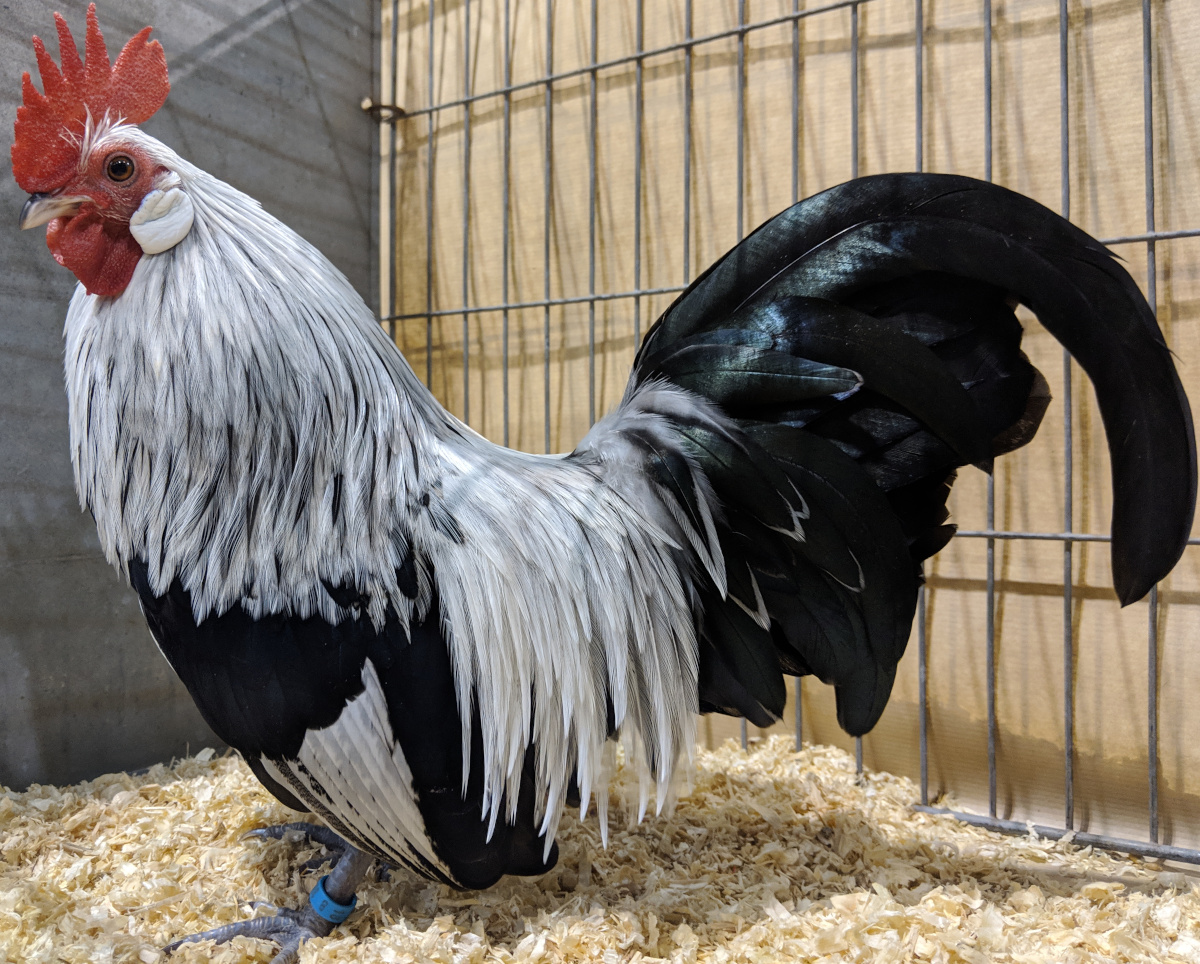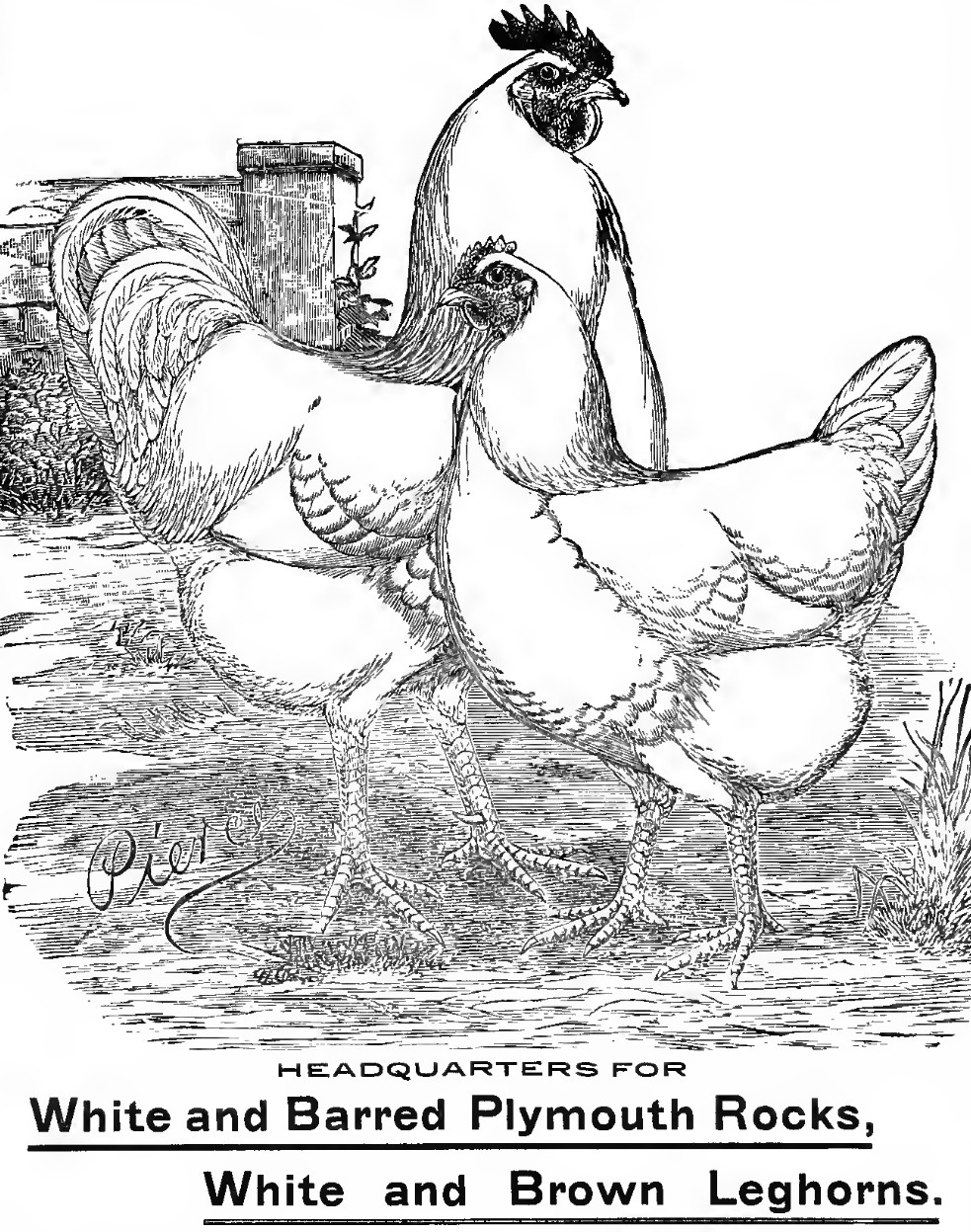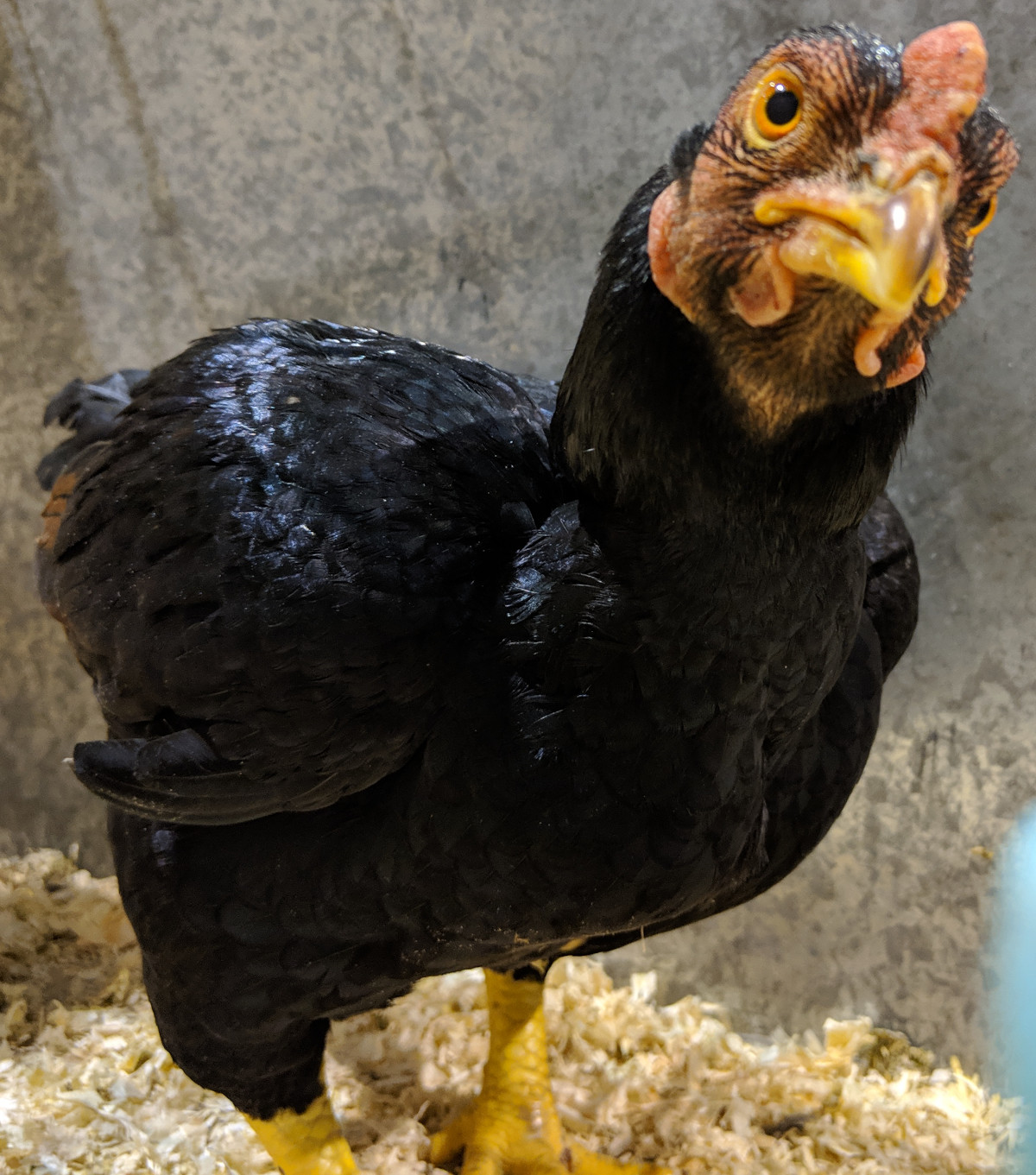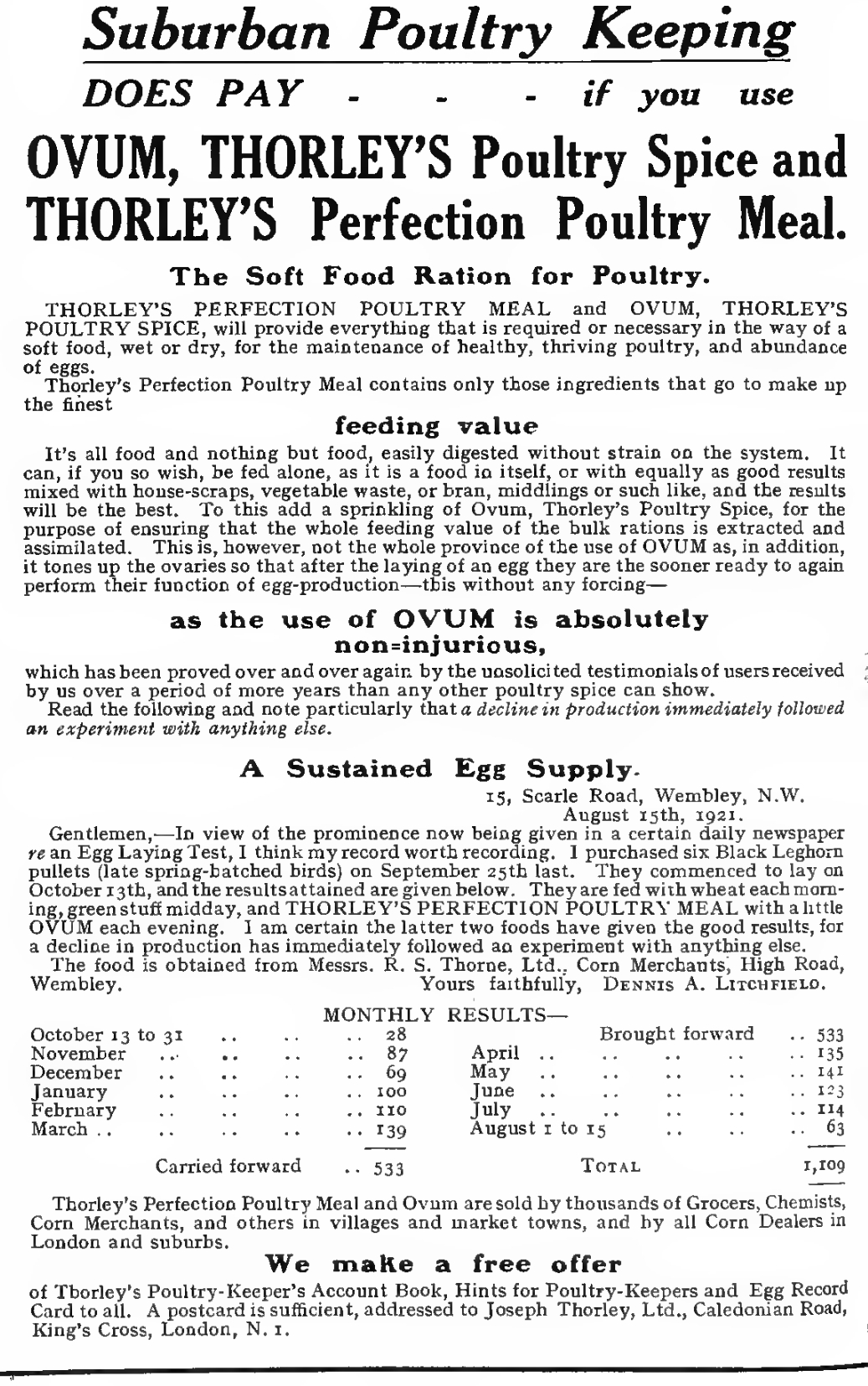What is the difference between old and modern chickens?

The real difference between chickens in the olden days and modern birds is the way they have been differentiated into specific laying and meat breeds.
The chicken has changed more in the last 75 years than it has in the rest of it's domesticated history.
In the old days chickens were just dual purpose heritage breeds with surplus cockerels being fattened for the pot and old hens being casseroled after they stopped laying eggs.
Below: Modern hybrid layers like these are smaller, lighter and have greater feed efficiency than early chickens.
Advances in the way chickens are reared, hatched and cared for has also bought gains in both the final size and the speed with which they grow.
Did chickens used to be bigger or smaller?
Over the years heritage type backyard chickens have changed little in size, most breeds are much the same size as the red jungle fowl they evolved from thousands of years ago.
One of the main characteristics of modern chickens is the rate of growth is much faster than it used to be and the quantity of eggs and meat produced by modern chickens is considerable greater than it used to be 60 or so years ago.
Below: These Plymouth Rocks from 1921 are almost identical to Plymouth Rocks today, some breeds have changed very little.

This is one of those odd things were chickens are both bigger and smaller than they used to be, modern hybrid layers weigh considerably less and are 2 to 4 inches shorter than their heritage cousins from 100 years ago while meat chickens or broilers and on average 3 lb heavier than meat chickens were at the turn of the last century.
Below: Birds like this Indian game and the Cornish became the foundation of modern meat chickens.

These birds are heavy and thick set and were bred to grow out faster than old style chickens.
How are chickens physically different now?
Chickens are physically different now than in the old days:
- Chickens reach adult size much faster.
- Meat chickens are bred to have much larger breasts, since that meat is considered the most valuable.
- Layer breeds also mature more quickly than older heritage types and are smaller and lighter than old style chickens used to be.
- Modern chickens are bred from hybrid flocks that are biologically isolated and have been selected for hundred of generations for specific genetic traits.
Chickens in the 1800's and early 1900's were fed a mixture of grains, scraps and whatever they could find free range.
The growth and laying ability of modern chickens is partly down to advances in their diet and the nutrition they receive. In the 1800's there was no pelleted or pre-made chicken feeds and chickens received a selection of grains and scraps for food.
How many eggs did chickens used to lay?
We know how many eggs chickens used to lay in the old days as some breeds are unchanged and provide excellent study subjects.
In the old days chickens laid between 120 and 180 eggs per year depending on the breed, their location and the quality of their food supply whereas modern hybrid layers can produce 360 eggs per year under ideal conditions.
White egg breeds tend to lay more eggs than dark egg breeds of chicken.
Below: The results of an egg test from 1921 showing 6 leghorns produced 1109 eggs in a year, 184 each. This was considered exceptional at the time.

Aside from a few of the Mediterranean and leghorn based chickens, none of the old world breeds of chickens laid more than 180 eggs per year and most produced considerably fewer eggs.
How are chickens produced today compared to the past?
Nearly all chickens consumed as meat these days are produced in intensive farming operations where tens or even hundreds of thousands of birds are raised at once in huge barns and processed for market at the same time.
In contrast before the second world war there was almost no large scale chicken farming at all and birds were produced locally in a seasonal fashion in flocks of up to 300.
Because of their genetic similarity they all reach a similar weight with similar feed conversion and thus maximise profit for the farmer.
Nearly all chickens are produced on an industrial scale in incubators than hatch up to 100000 chicks a day. These chicks are then moved on to growing on sheds in batches of up to 30000 at a time.
Meat chickens are reared for between 50 and 90 days depending on the breed and final size required while laying hens are reared for 16 weeks before being sent to their laying sheds to start an 80 week egg production cycle.
